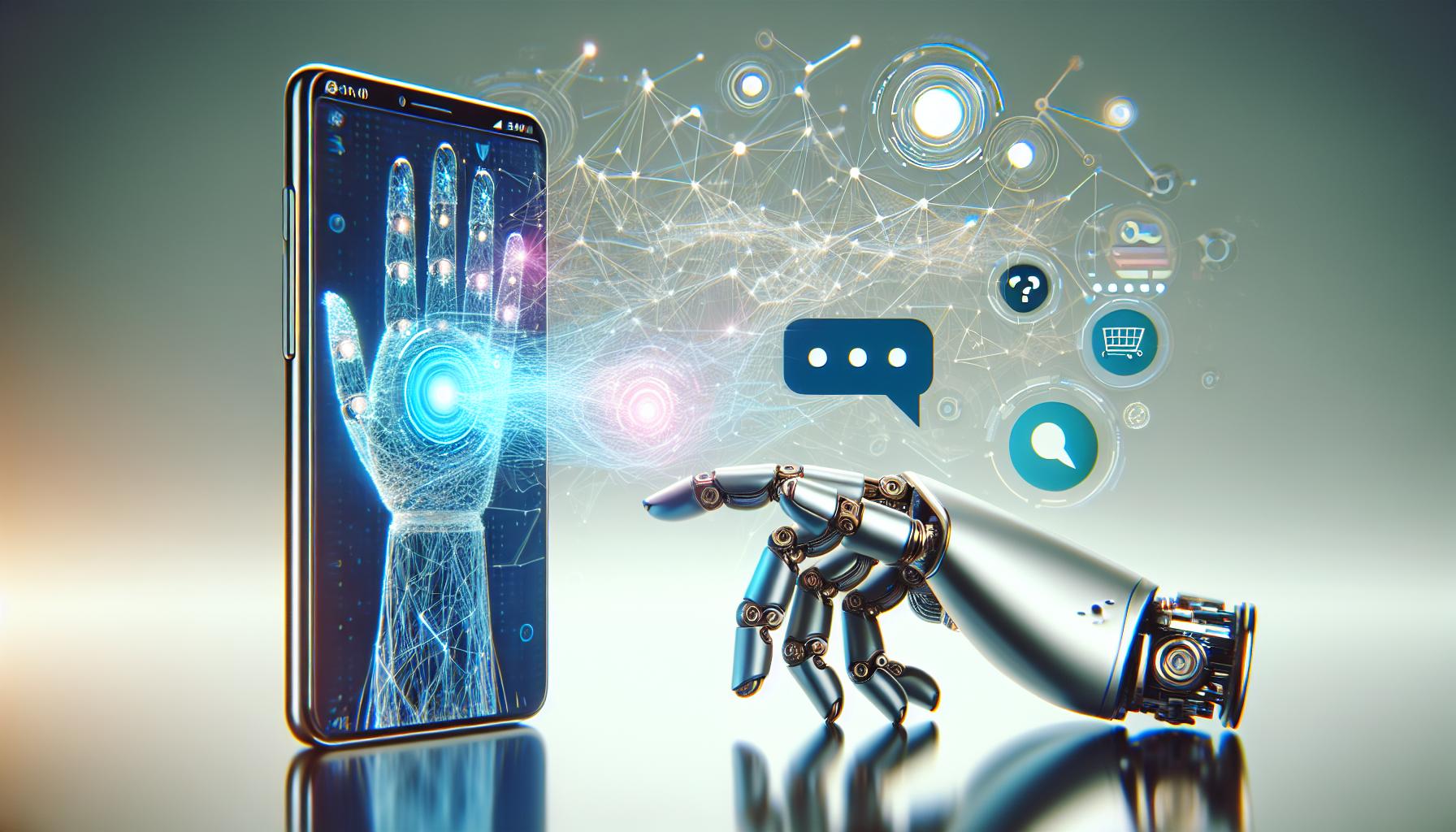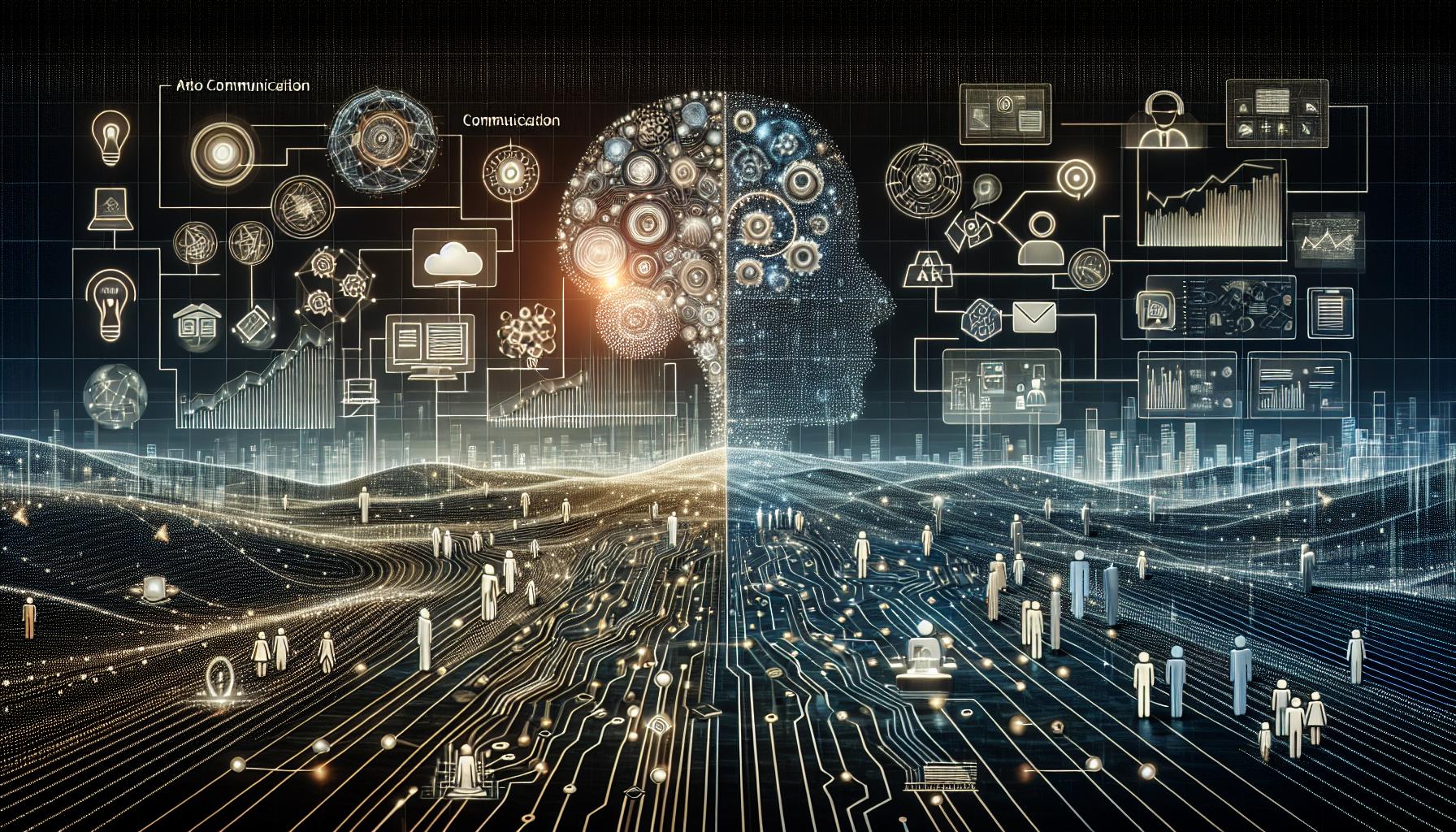Is ChatGPT a Real Step Towards AI, or Just a Sophisticated Internet Interface?

Introduction
The rise of A.I. and its manifestations through tools like ChatGPT have stirred both excitement and skepticism. Does ChatGPT truly honor the fundamental aspects of Artificial Intelligence, or is it simply a sophisticated interface overlaying the vast data web of the internet? This blog delves into the essence of ChatGPT and its implications for what we consider AI.
Understanding ChatGPT
Described by some as a breakthrough in AI, ChatGPT—a product of OpenAI—uses sophisticated algorithms to parse and respond to human inputs in conversational form. Unlike conventional search engines that offer static lists of links, ChatGPT takes a conversational approach, providing fluid, contextual responses that simulate a human-like interaction.
ChatGPT vs. Traditional AI
Theoretical A.I. involves self-awareness, learning capabilities, and initiative—attributes typically associated with human cognition. ChatGPT, however, operates essentially as a predictively modeling tool. It learns from vast sets of training data (internet content) to generate responses. This doesn't align with the 'self-thinking' A.I. many may envision but is more akin to an extensive, integrative database with an interactive interface.
The Role of Large Language Models
ChatGPT is powered by what is known in the A.I. industry as large language models (LLMs). These models are trained on diverse datasets derived from the internet, encompassing a wide range of human knowledge and expressions. This extensive training allows ChatGPT to simulate intelligent conversations. However, it does not 'understand' or think independently—the way humans or theoretical A.I. systems would. Its operations are predetermined by the data it has consumed, and its 'cognitive' mechanisms are limited to pattern recognition and prediction.
Redefining Interaction with the Internet
The innovative UX design introduced by conversational A.I. like ChatGPT alters how users interact with information online. Traditional online searches typically require navigating through multiple links, often shifting through irrelevant information to get to desired content. ChatGPT, however, offers a dynamically tailored interaction. Users can pose questions and receive synthesized responses that feel more engaging and personal compared to standard search engines.
Is It AI?
While ChatGPT exhibits traits of what we may consider Artificial Intelligence, such as learning and some level of problem-solving, it essentially remains a complex tool for accessing and interfacing with the Internet's collected data. It does not perform independent reasoning or generate original thought—central traits of true AI. Thus, while ChatGPT represents a significant advancement in machine learning and user interface, categorizing it as 'real AI' might be a stretch.
Conclusion
The evolution of A.I. tools like ChatGPT invites both fascination and philosophical inquiry into what constitutes real AI. As technology progresses, distinguishing between genuine A.I. characteristics and sophisticated data processing will become increasingly crucial. By understanding the mechanisms behind tools like ChatGPT, users can better navigate the evolving landscape of technology and its impact on human interaction with digital information.




